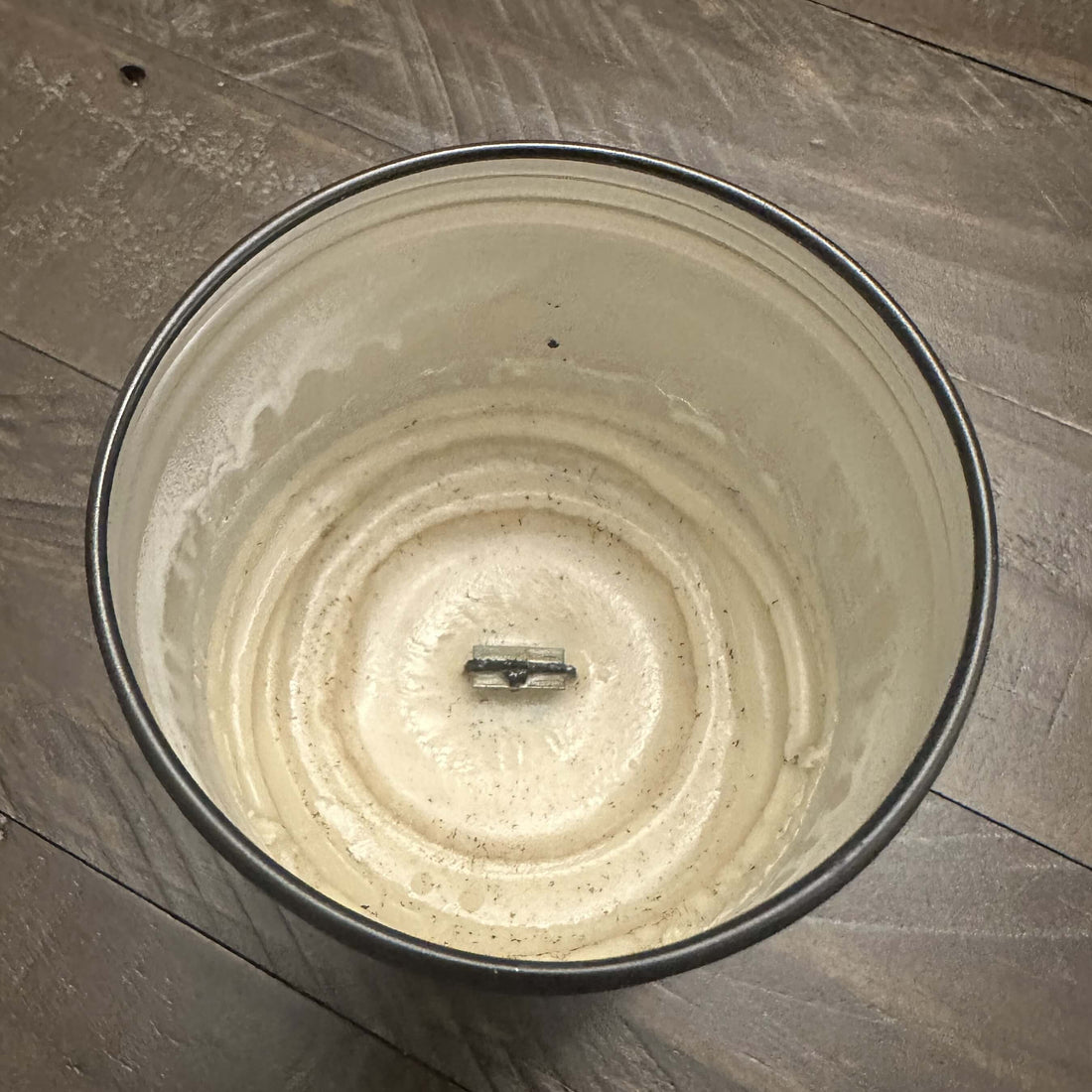
How to Fix a Scented Candle That’s Tunneling
Choosing the Right Candle
When selecting a clean burning candle, the first thing to consider is wax quality and container type. A frosted glass candle may offer better scent throw in smaller rooms, while a double wick candle tin helps evenly melt wax across wider surfaces. Our customers often ask about premium candle options, and we always recommend choosing blends like our coconut-soy for superior performance. Wick design is another major factor—triple wick soy candles deliver stronger scent coverage but require proper trimming. Lastly, don’t overlook ambiance. Whether it's the soft flicker of a wooden wick or the low glow from our glass mug candle, the container makes a difference.
Proper Wick and Wax Care
Wick trimming is a crucial part of extending a candle’s life and preserving fragrance quality. Our cotton wick candles should be trimmed to 1/4 inch before each burn to avoid soot and mushrooming. When burning a wooden wick candle tin, make sure the surface wax melts all the way to the edge—this prevents tunneling. Another tip is to avoid placing candles near drafty spaces. Whether you're lighting a coconut wax candle in a hallway or a scented candle gift in a living room, airflow can severely affect performance. Always use your home fragrance candles on level surfaces, and avoid leaving candles burning longer than four hours at a time. For more tips on how our wax and wicks perform, see our brand story and burn guide.

Storage and Environmental Tips
Storage conditions can make or break the life span of your candle. High summer temperatures can cause oils to degrade, especially in candles left uncovered. We always suggest storing your soy wax blend candle in a cool, dark place away from direct sunlight. Sealed containers like our glass jar candles help maintain scent retention by minimizing evaporation. During shipping, your heat resistant candle may encounter extreme conditions—so let it acclimate indoors before lighting. For long-term storage, keep the lid tight on your eco-friendly candle to prevent dust or debris from compromising burn quality. And remember: summer storage isn't just about temperature, it's about consistency.
Burning Techniques to Avoid Tunneling
Tunneling is one of the most common issues customers face. It occurs when the wax burns down the center, leaving thick walls of unused wax. To prevent this with a hand poured candle, burn it long enough on the first light to reach the container’s edge—usually 2–3 hours. A paraffin-free candle made with a proper wick and clean ingredients should have less risk, especially if trimmed properly. Burn time matters too; lighting your phthalate-free candle daily for short intervals creates inconsistent melting. Instead, plan longer, even sessions. Our guide on what sets us apart includes more on how wax, wick, and vessel interact for an optimal experience.
Advanced Tips and Scent Retention
If you're serious about your candle routine, a few upgrades make all the difference. Investing in a decorative glass candle holder helps insulate heat and maintain scent throw. Want your candle to last? Stick with a non-toxic home candle formula like ours, designed with an 8% fragrance load for long-lasting burn. Don’t forget the environment. Even in a smokeless cotton wick candle, poor air circulation can dilute or distort your fragrance. Need help picking the right match for each room? This candle mood setting guide breaks it down. If you're gifting, our candle gift set alternative options let you select by wick type, scent strength, or jar design. That kind of flexibility helps ensure your handcrafted wax candle performs beautifully from first light to last flicker.
FAQs
Why does my candle tunnel and how can I fix it?
Tunneling happens when the wax near the wick melts unevenly, often due to short burns or drafts. Fix it by allowing your candle to burn long enough (2–3 hours) so the melt pool reaches the edges, and always trim the wick before lighting.
Can using multiple wicks prevent tunneling?
Yes, candles with two or three wicks promote even wax melting and better scent throw, especially in larger containers.
Does wick type affect tunneling?
Absolutely. Wood wicks create wider melt pools but require careful maintenance. Cotton wicks are easier to trim and relight but need proper burn time to avoid tunneling.
This blog post is a work of nonfiction, based on actual candle care advice and product details from Willis Candle Shop as of the publication date. All recommendations reflect current best practices for candle maintenance and burn quality.












